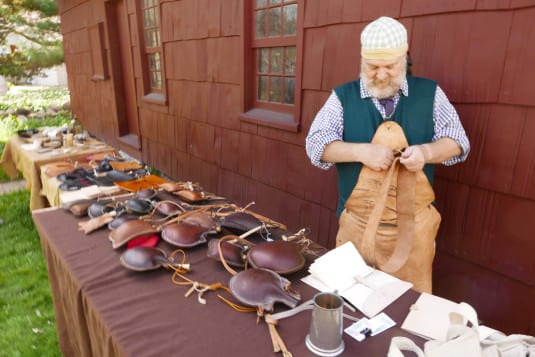Tensions between police departments across the country and the communities they have sworn to protect have been high over the last several months, and Suffolk County is not an exception in this trend. But we differ from the areas where tensions have exploded into street protests and violence in one crucial way: We can prevent such an eruption.
A group of 21 local Latinos has recently filed a lawsuit against the Suffolk County Police Department, alleging officers racially profiled them and even robbed them during police stops over the last 10 years. The lawsuit alleges the police have a culture of discriminatory policing.
The case is in part a response to the arrest of the SCPD’s Sgt. Scott Greene, who during a sting operation was found taking money from a Latino driver. Greene now faces 81 criminal charges against a couple dozen Hispanic victims, and authorities say he was working alone.
But we could trace the issue back a little further as well, to the 2008 hate-crime stabbing murder of Marcelo Lucero, a Patchogue man from Ecuador. In the wake of the murder — for which seven young men were convicted — and the police’s investigation, there was public outcry over perceived police bias against Hispanics.
We have no doubt the majority of police officers are good people who just want to do their difficult, and at times dangerous, job of protecting Suffolk County residents. But it’s also true that a few bad apples can spoil the bunch — or lead to public perception that they have spoiled the bunch, which matters just as much.
The good news is we are in a desirable position to change things for the better — if we acknowledge the warning signs of trouble. The places in this country where there have been protests and riots, for various reasons, tensions between the police and the community had been stewing for a while. We should not let this come to pass in Suffolk County through our own inaction.
A 2013 settlement between the county Legislature and the federal Department of Justice — enacted in response to the Lucero case — is a good start. That agreement called for anti-bias training, taking feedback from the community and tracking complaints of police misconduct.
Our police department should kick that into high gear, holding more community forums and communicating to residents both the steps officers are taking to reduce bias and the progress of that work.
If we act as partners, we can improve police service and our officers’ relationship with residents to make our community a better place to live for everyone.
















































